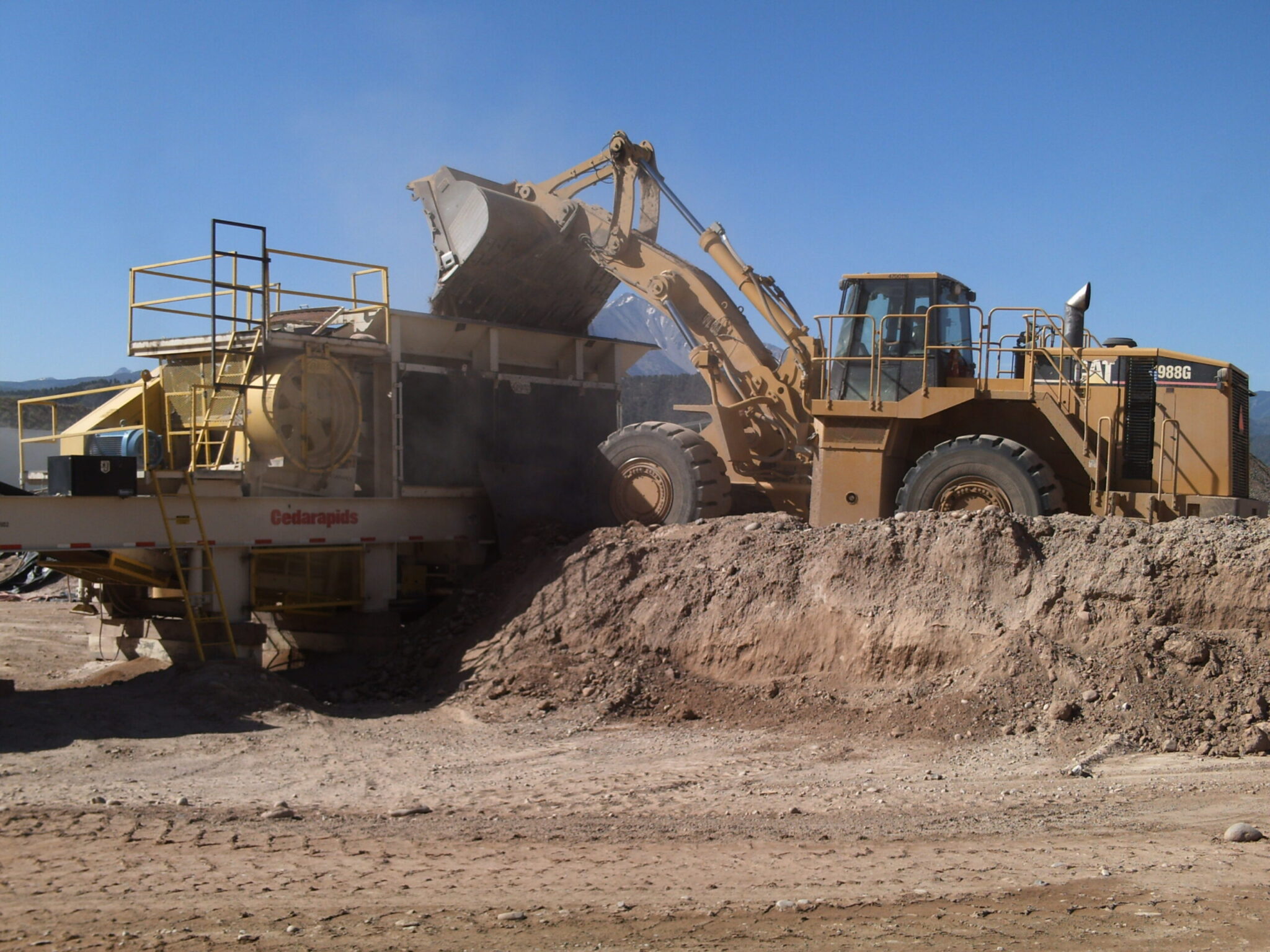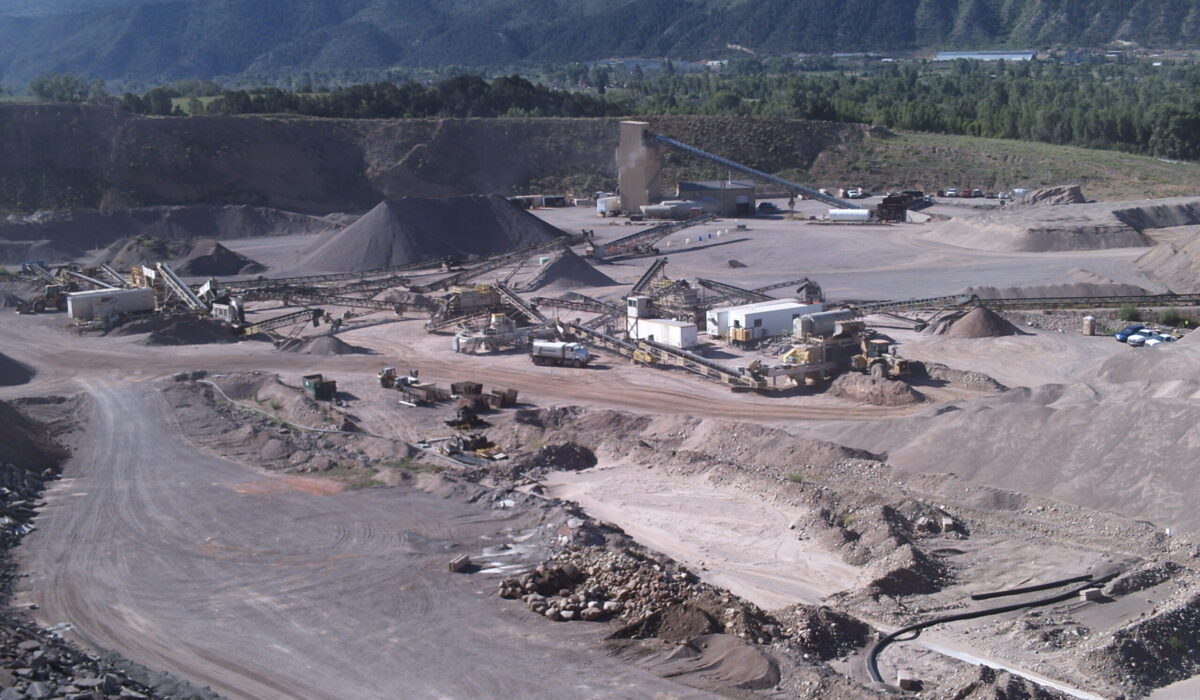Mining Noise
General Information on Mining Noise
Mining operations, whether open-pit gravel, gold mines, or underground shafts, generate a significant amount of noise that poses risks to both workers and surrounding communities. Heavy machinery, including drills, haul trucks, crushers, asphalt plants, ready-mix plants, and blasting equipment, can produce high noise levels that can create noise impact to the surrounding noise sensitive areas. The variability of mining noise, from continuous machinery sounds to impulsive blasts, necessitates comprehensive noise control measures, including engineering solutions, administrative controls, and personal protective equipment, to mitigate these adverse effects.

Noise Mitigation for Surrounding Communities
Mitigating mining noise for surrounding communities involves
a combination of strategic planning, engineering solutions, and sometimes ongoing
monitoring. Here's a breakdown of the key approaches:
Site Planning and Location
Establishing adequate buffer zones between mining operations and residential areas. This distance helps to naturally attenuate noise. Utilizing natural terrain, such as hills and valleys, to block or deflect noise. Limiting noisy activities, like blasting, to specific times of day, avoiding nighttime hours.
Engineering Controls
Constructing physical barriers, such as earthen berms or noise walls, to block the transmission of sound. Enclosing noisy equipment, such as crushers and generators, in sound-absorbing structures. Using quieter equipment, installing mufflers, and dampening vibrations on machinery. Transferring material with the use of a conveyor system versus off-road haul trucks. Using ambient controlled broadband backup alarms versus tonal alarms. Implementing controlled blasting techniques to minimize noise and vibrations, including precise timing and smaller explosive charges.
Monitoring and Management
Installing real-time noise monitoring systems to track noise levels and ensure compliance with regulations. Maintaining open communication with local communities, addressing concerns, and providing regular updates on noise mitigation efforts. Adhering to local, regional, and national noise regulations and obtaining necessary permits.
By implementing these strategies, mining companies can significantly reduce the impact of noise on surrounding communities, promoting a more harmonious coexistence.
Accurate Noise Surveys and Modeling of Mining Facilities
Reducing noise levels to locations offsite is dependent on several factors. One is the type of cooling technology being used and another is the distance from the cooling noise sources to the receivers (i.e., residences). The most basic noise mitigation employed are noise barriers which can be noise walls, noise berms, or some combination. Noise barriers need to be close to the source to be effective and depending on the design of the barrier may only be effective up to 300 feet away. Other options can be vent silencers and/or quieter blades for every fan. Mitigation for immersion cooling and hydro-cooling, have more pumps creating noise which are easier to mitigation with lagging. The best way to mitigate mining noise is to have laws in place based on known measurements and modeling to help locate these facilities in compatible locations.

Mining Noise
Cerjan Acoustics stay up-to-date with evolving regulations, ensuring your operation meets all applicable standards and avoids legal complications.
- Measurement and analysis of noise levels
- Impact on human health and safety
- The effectiveness of noise control measures
Frequently Asked Questions
Why are gravel pits located near rivers and streams?
In short, it is Fluvial Deposition. Rivers and streams act as natural conveyors of sediment. As water flows, it erodes rocks and carries gravel, sand, and other materials downstream. When the water’s velocity slows down, these materials are deposited. This often occurs in areas where rivers widen, meander, or enter floodplains. Over time, these deposits accumulate, forming significant gravel beds. Even if a current river or stream isn’t directly adjacent, the area may have been a former riverbed or floodplain. In essence, the presence of gravel pits near rivers and streams reflects the natural processes that concentrate these valuable resources.
Full Member of the Acoustical Society of America
Full Member of the Institute of Noise Control Engineering


